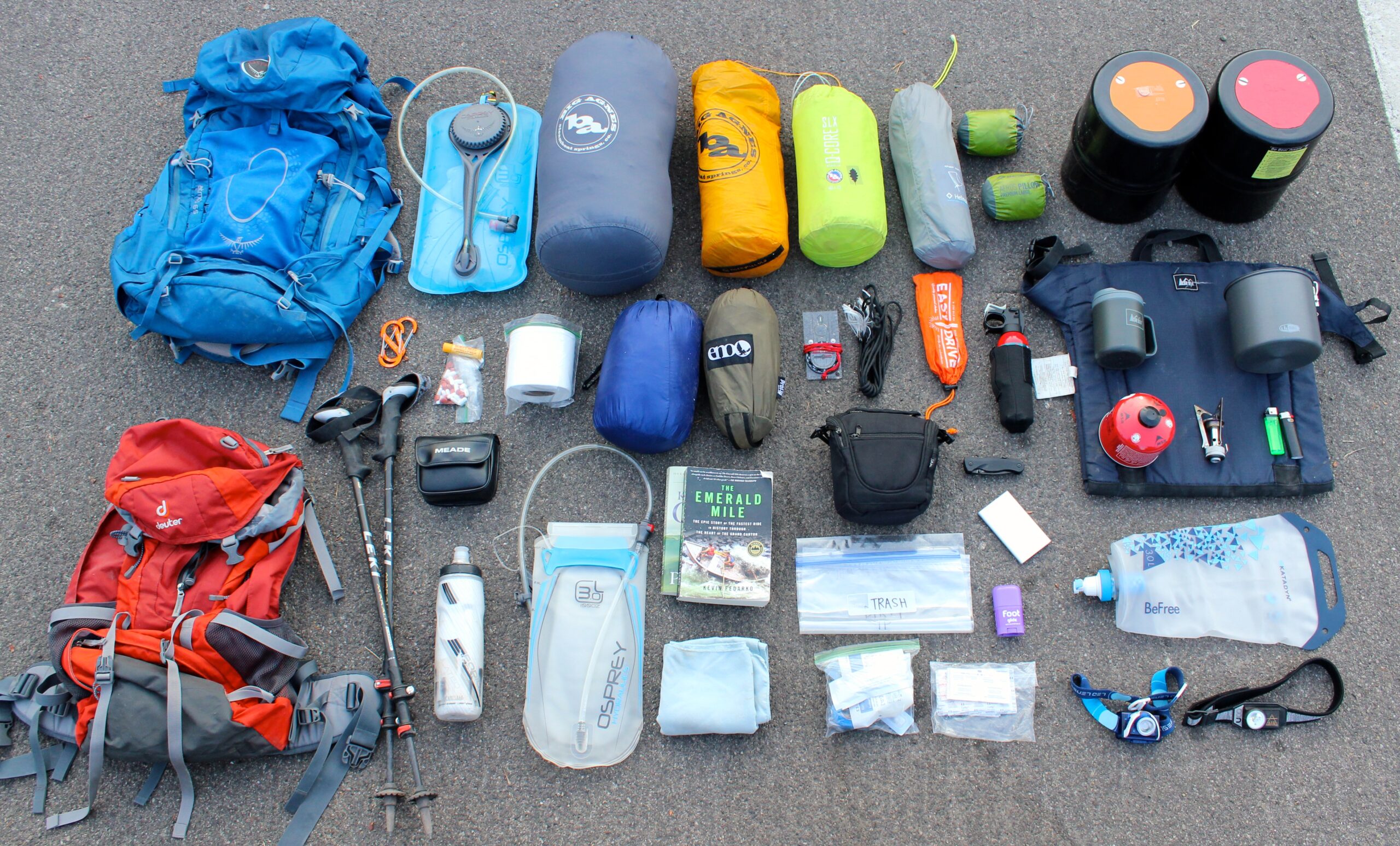Camping is an incredible way to explore the outdoors, test your physical abilities, and learn new skills. But even with all the essential gear for roughing it, you should know how to properly pack a backpack. Sure, throwing in a bunch of items and zipping up the bag may seem like enough, but packing efficiently and effectively can make all the difference on an outdoor excursion.
There are three zones in your backpack for packing things. The bottom-of-pack is good for sleeping bags and tents. Food and water are best stored in the core. The top-of-pack is best used for clothes, maps, and sunglasses. Peripheral storage includes accessory pockets, lash-on points, and tool loops. Before you head for the great outdoors, keep these tips in mind to help make sure you have everything you need in your backpack.
Bottom-of-Pack
At the bottom of your backpack, you should place relatively heavy items that won’t be needed until later in your trip. This includes a sleeping bag and pad, tent, poles, stakes, camp shoes, a small tarp or groundsheet to protect your gear from mud and moisture. Including a first-aid kit, stove fuel, and a fixed-blade knife is also essential.
Core-of-Pack
Place items necessary for day trips away from camp in the core of your pack. This is where you’ll want to keep your food, water bladder or bottles, sunglasses, sunscreen, hat, map and compass, and extra layers. It’s also a good idea to include snacks, insect repellent, wet wipes and hand sanitizer, rechargeable headlamps or flashlights with backup batteries, a whistle, and a multi-tool or pocket knife.
Bringing a rechargeable headlamp is a great idea so you don’t have to worry about relying on additional batteries. When you are hiking, every ounce adds up, so it’s best to cut where you can.
Top-of-Pack
The top of your pack should be used to store items you’ll need easy access to. These include water filter and purification tablets, binoculars, a camera or phone, snacks and energy bars, trail mix and jerky, a small notebook and pen, books or other reading material to relax with in the evenings (or an e-reader to save space), and a lightweight hammock.
Peripheral Storage Compartments
Remember to take advantage of all the pockets and compartments most backpacks have. Use smaller spaces to store things like a lighter, lip balm, sunglasses or glasses, headband or hat, pepper spray, and any other small items you’ll need throughout the trip.
Finally, you can use the lash-on points and tool loops typically located outside of a backpack to attach trekking poles, ice axes, extra water bottles, an inflatable sleeping pad, or rolled-up tents. That way, these items won’t take up valuable space inside your pack.
Tips for Lifting a Loaded Backpack Properly
Now that you’ve packed all your gear, it’s important to learn how to lift the backpack properly. Start by standing with your feet shoulder-width apart, then bend at the knees and hips — not the back! — as you squat and grasp the sides of your pack just above the hipbelt. Then straighten your legs, keeping your back straight and shoulders pulled back. Finally, to prevent injury, take a few moments to adjust your straps before walking.
When packing a backpack for camping, the key is to be efficient and organized. If you make sure your items are distributed properly within your bag, you’ll have more room for the important gear. Taking time to pack all your camping gear also means there’s less chance of forgetting something essential. With this checklist and some careful planning, you’ll have everything you need for an amazing outdoor getaway!
